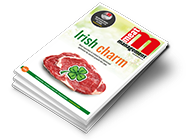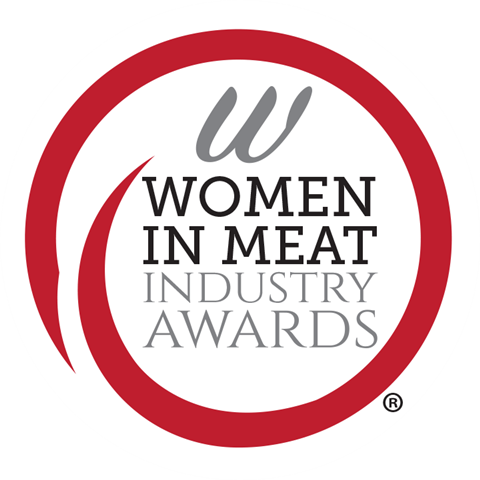Quality Meat Scotland (QMS) has unveiled the results of research conducted by EssenceMediacom into perceptions of working in the red meat sector, revealing “significant opportunities” to attract new entrants into a range of roles, which it said would help to address labour challenges.

QMS has unveiled the results of research conducted by EssenceMediacom into perceptions of working in the red meat sector, revealing significant opportunities to attract new entrants into a diverse range of roles, helping to address labour challenges.
The research showed “strong interest” in careers across the sector, said QMS. The vast majority of respondents (92%) – including school leavers and prospective career changers – said they would consider a role in the red meat sector, and 43% reported being more likely to apply after learning about the variety of roles available.
Perks and incentives were identified as a key motivator, with 73% saying they would be very likely, or 94% when combining very and somewhat likely, to work in the sector if at least one offered appealed to them.
The five most important perks were:
- Competitive pay and benefits (88%)
- Job security (85%)
- Flexible working arrangements (84%)
- Opportunities to learn new skills (82%)
- Training and development (81%)
A total of 85% reported having a strong motivation for joining the sector, with the main drivers being an interest in practical work, food production, and agriculture or livestock.
The research found that perceptions of the sector “improved markedly” when more information was shared: 70% of respondents held a positive review of working in the industry after receiving additional detail, compared with just 49% at the outset. The research also found that almost all jobseekers (97%) research a company before applying, which QMS said underlined the “importance of strong online presence and transparent communication”.
“Understanding the motivators for different groups and ages… will help us support the industry in attracting the right talent, in the right way, at the right time.”
Kate Rowell, QMS
Kate Rowell, chair of QMS, commented: “This research paints a really positive picture of the public perception towards working within the Scottish red meat supply chain, which only gets stronger when people hear about the diverse roles and progression opportunities. Understanding the motivators for different groups and ages, as well as barriers to entry, will help us support the industry in attracting the right talent, in the right way, at the right time.”
According to the Red Meat Industry Profile 2025 launched by QMS, labour is a critical challenge for the sector, influenced by factors such as lack of succession, profitability and skills shortages. Reflecting continuing tight labour supply, productivity gains and structural changes between 2023 and 2024, employment in the primary processing sector is estimated to have fallen to around 2,500 in 2024, compared with a revised estimate of 2,600 in 2023.
The research also highlighted that those outside the sector don’t always know how to enter it or have the right contacts.
Rowell continued: “QMS, alongside the wider Scottish Red Meat Resilience Group, aims to bridge the gap between those interested in breaking into the red meat sector and industry who want to reach and appeal to them. This insight will form the basis of a practical campaign, stemming from the ‘Meating Our Potential’ campaign, for both industry and the public to put job opportunities across Scotland’s red meat sector firmly on the map.”
The research findings show that job opportunities in the red meat sector “align closely with what people are looking for”: purpose-driven work, job security and the chance to use and develop practical skills. It found that they also highlight the need to tackle misconceptions, promote the variety of roles on offer, and ensure visibility across digital platforms, said QMS.
QMS’s campaign, which aims to “help the industry promote roles and tackle critical labour challenges”, will go live early in 2026, sharing real stories from people across the sector, showcasing the wide range of opportunities available and highlighting tangible perks and incentives.
The research was carried out in two stages in 2025.The first stage was an omnibus study of more than 1,000 nationally representative Scottish respondents (28th March-7th April 2025), capturing general perceptions of working in the red meat sector. The second stage involved a bespoke survey of a further 1,005 respondents who had expressed interest in working in the industry (20th-30th June 2025) to explore motivators and barriers in more depth. Together, the findings provide a detailed picture of attitudes towards the sector and the opportunities it offers.















